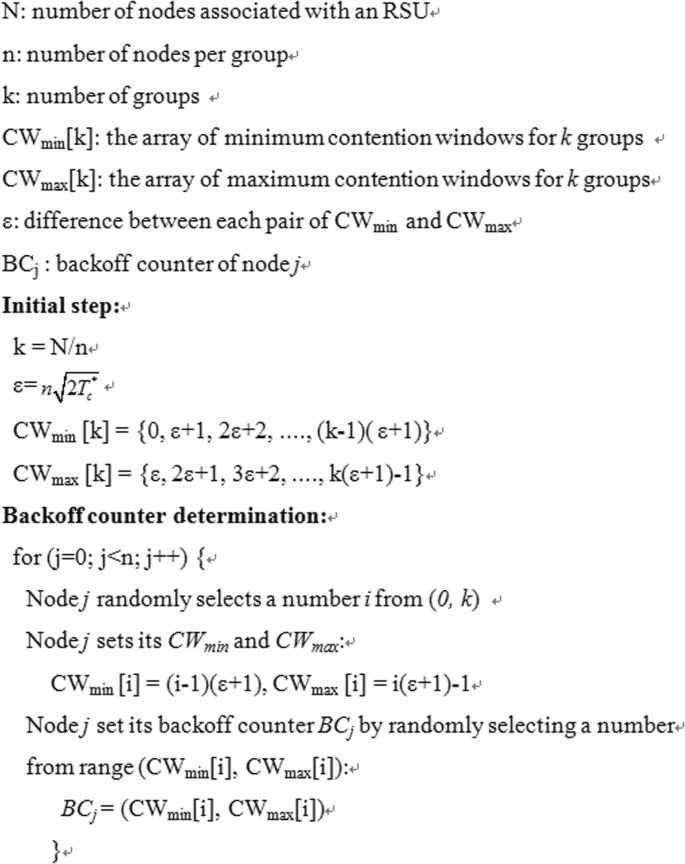

#A queueing model for finite load ieee 802.11 random access mac series
Dong LinFang et al., “Packet delay analysis on IEEE 802.11 DCF under finite load traffic in multi-hop Ad hoc Networks,”Science in China Series F:Information Sciences, April 2008, Vol.


Sharma et al., “Modeling and Analysis of End-To-End Delay for Ad hoc Pervasive Multimedia Network,” Proceedings of the International MultiConference of Engineers and Computer Scientists 2010, Vol.Taesoo Jun, Angela Dalton, et al., “Expressive Analytical Model for Routing Protocols in Mobile Ad hoc Networks,” 2007.The proposed analytical model results closely match with the results obtained from our simulations. In this paper we present an analytical model for average end-to-end delay that takes into account the packet arrival process, backoff and collision avoidance mechanisms of random access MAC between a pair of source and destination and compares the end-to-end delay experienced by a QoS AODV protocol. However, the shortest routes do not always provide the best performance, especially when there are congested nodes along these routes. Most existing MANET routing protocols such as AODV, DSR and OLSR are designed to search for the shortest path with minimum hop counts. Large contention times can be more critical than hop counts in determining the end-to-end delay. In spite of using IEEE 802.11 as medium access control (MAC), most of the Ad hoc routing protocols do not consider MAC delay contention time, which occurs, in the medium reservation. In order to provide quality delivery to delay sensitive applications such as voice and video, it is extremely important that mobile Ad hoc networks provide quality of service (QoS) support in terms of bandwidth and delay.


 0 kommentar(er)
0 kommentar(er)
